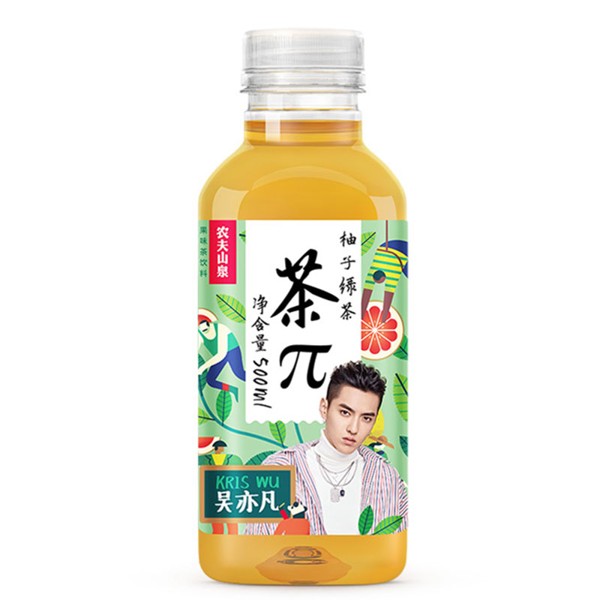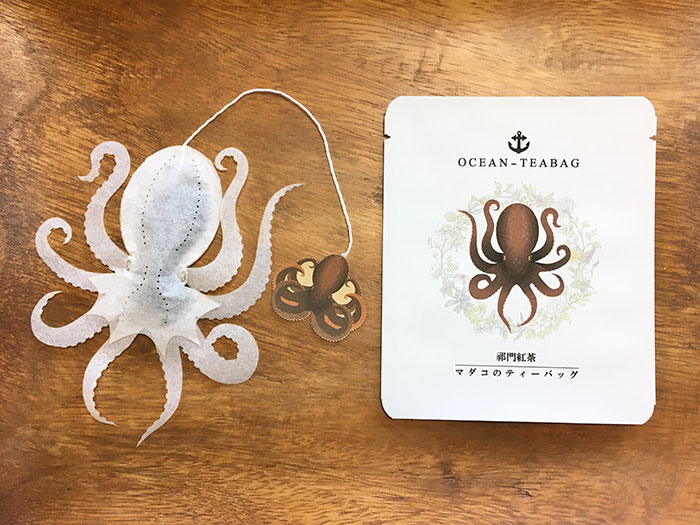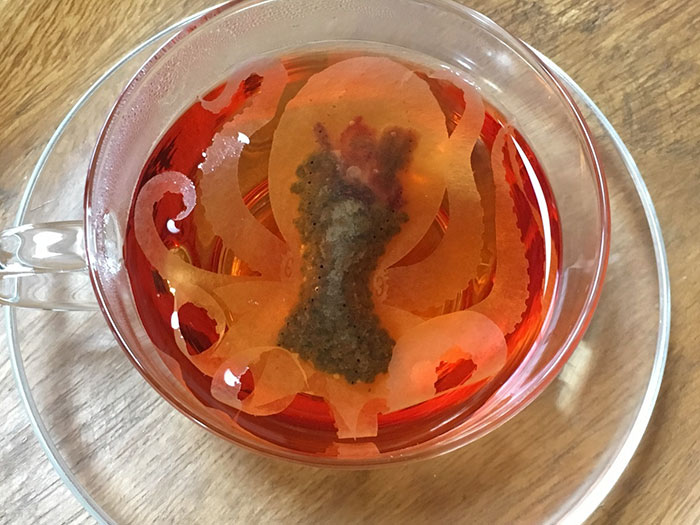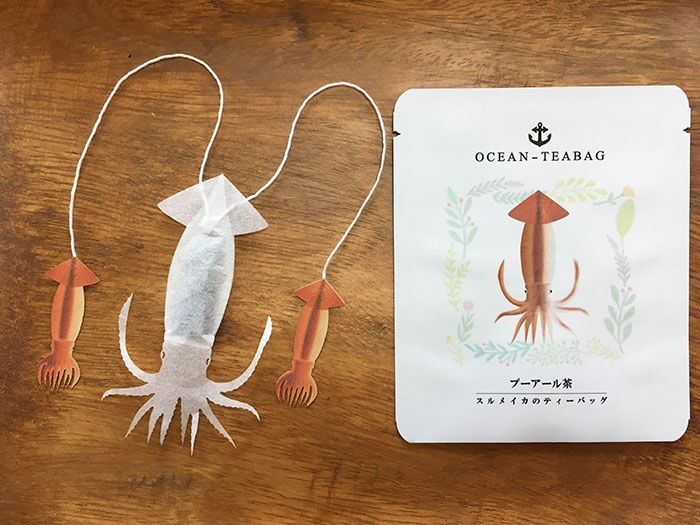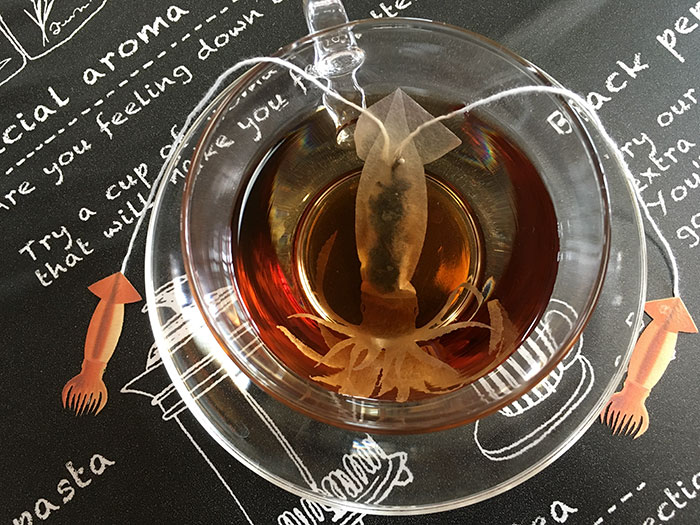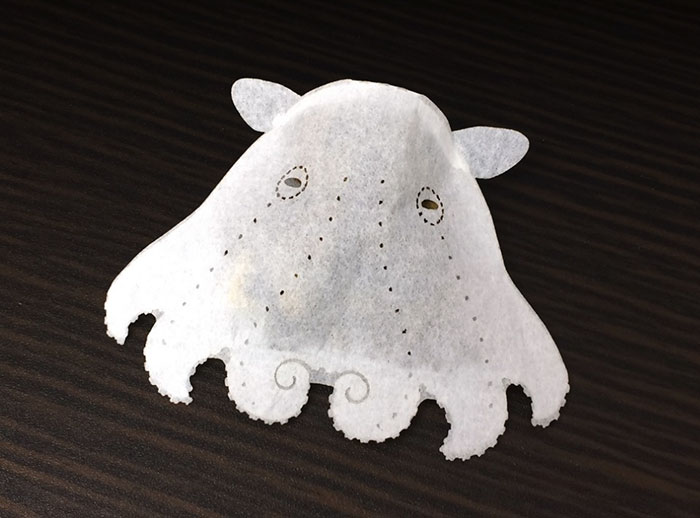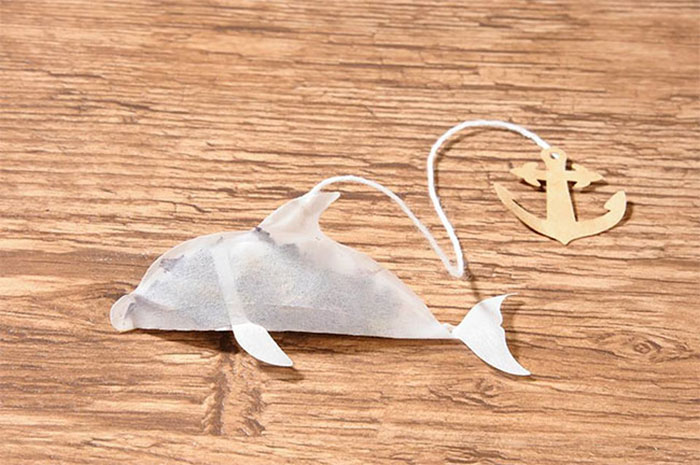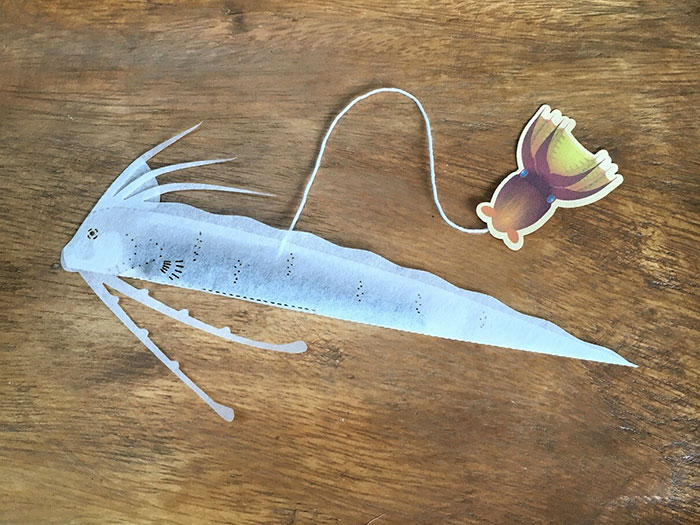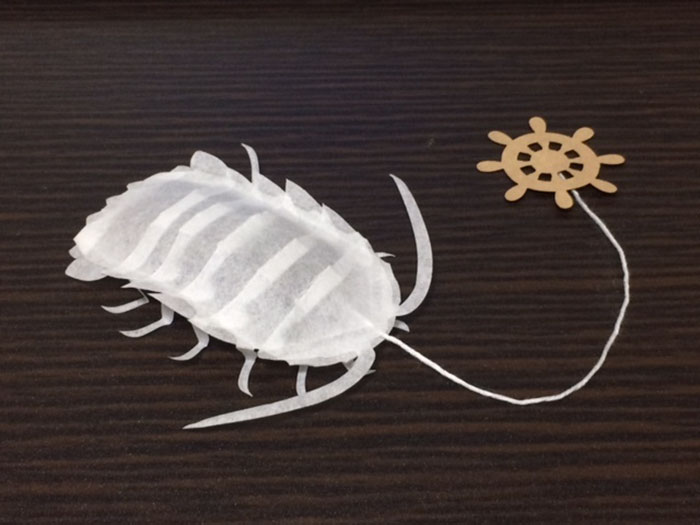Time for tea, kung fu style
Tan Weiyun
15:00 UTC+8, 2018-04-14
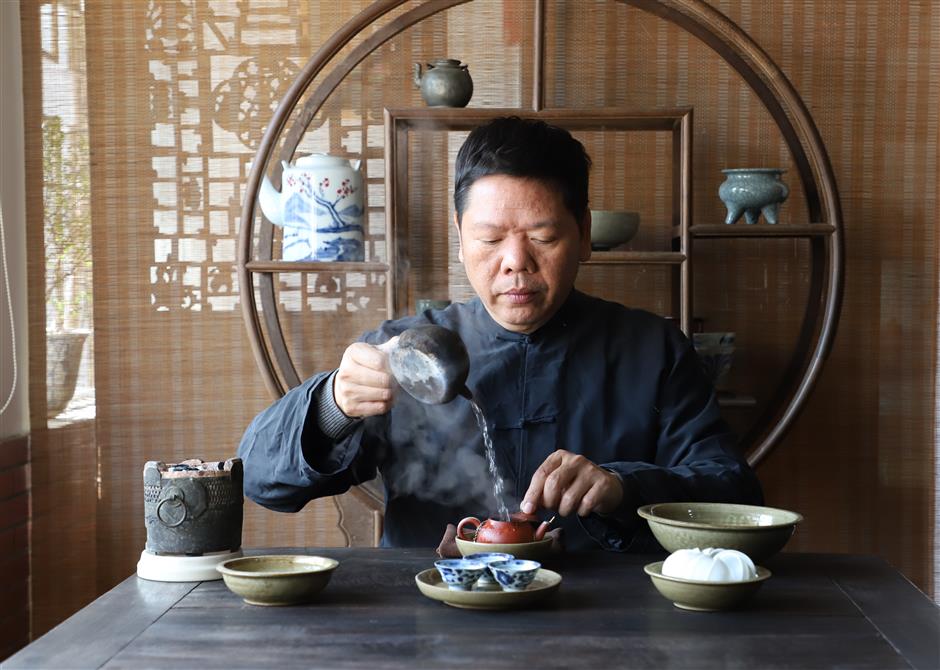
Ti Gong
Ye Hanzhong performs Chaozhou kung fu tea ceremony, which involves water, heat, cup and skills.
Ye Hanzhong does not like to be labeled a “master.” As heir to the national intangible heritage of the Chaozhou gongfu (kung fu) tea ceremony, the 55-year-old prefers to call himself “a tea boy,” who plays and creates art of tea.
“I never thought a tiny green tea leaf would carry so much knowledge, like a giant treasure house that has given me so much fun,” he says.
Always in a traditional Chinese silk jacket when appearing in public, Ye loves the media spotlight.
As a cultural heritage heir and businessman at the same time, Ye is often questioned about his motives. Last year there was controversy when he charged his apprentices 38,000 yuan (US$6,000) for teaching them tea skills.
However, that merely served to ferment public opinion and shine a spotlight on the gongfu tea ceremony. From being popular only in the Chaozhou area, it swept the country.
“I’ve received lots of criticism and misunderstandings over the years, but I won’t quit what I’m doing now — to promote the Chaozhou gongfu tea ceremony and carry it forward,” Ye says.
Born in Fenghuang Town, in a mountainous region in Chaozhou, south China’s Guangdong Province, which is known for its tea trees, Ye has been engaged in the tea industry for more than 30 years. In 1986, he took over his father’s job in the state-owned China Tea.

Ti Gong
Ye Hanzhong picks tea in a plantation in Chaozhou, Guangdong Province.
As a tea apprentice, he learned the tricks of the trade bit by bit, from tea picking and processing to blending, brewing and tasting.
“They couldn’t be learned from books, but from the experienced masters,” Ye recalls.
Gongfu literally means any study, learning or practice that requires patience, energy and time to complete. Kung fu tea is about the ceremonial way of making good tea, which takes time and energy, something the Chaozhou people have been doing well since the Tang Dynasty (AD 618-907).
The art is in knowing how to brew a good cup of tea tailor-made for different individual tastes — with a strong or delicate aroma, a flowery sweet or fruity acidity, an immediate rich flavor in the mouth or a long lingering aftertaste. Ye can make you a cup to order, by adjusting the water, heat, cup and his skills.
“Good tea leaves can definitely make good tea, but we Chaozhou people can improve the flavor of just-so-so tea leaves,” Ye says.
A number of factors other than the tea itself can affect the final flavor — the size and shape of the cup, the height, speed and angle of the water poured into the cup, as well as the temperature of the water itself.
Chinese drink tea for two major reasons — fragrance and flavor. For those who love fragrance more, Ye advises selecting a teacup with a thin porcelain layer, because it wouldn’t absorb too much heat. When the boiled water is poured in, the fragrance is given off immediately. Also, the amount of tea leaves should be less than usual.
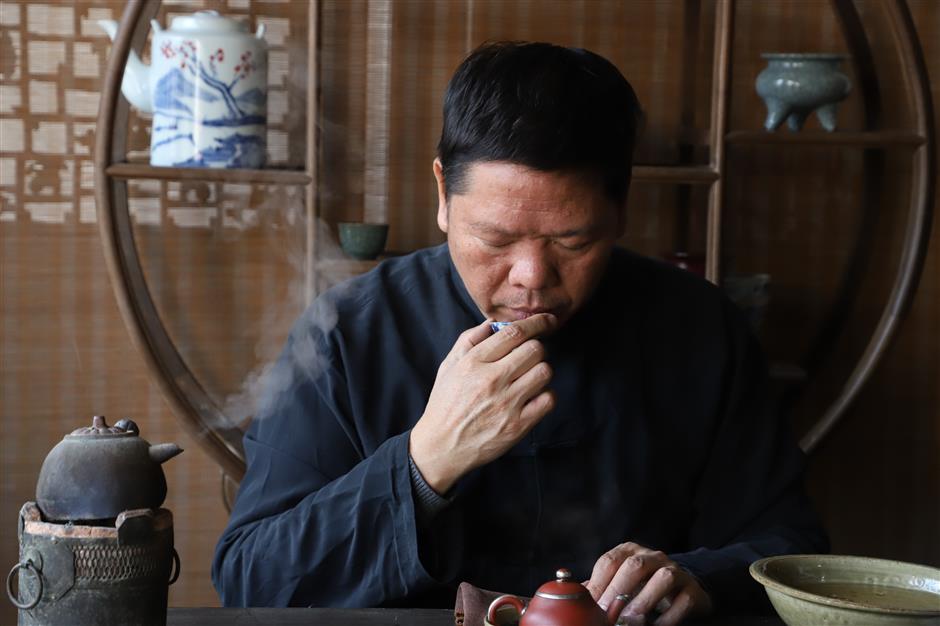
Ti Gong
Ye Hanzhong smells the fragrance of a tea.
For poorer-quality tea leaves, Ye suggests choosing a teacup with a thick porcelain layer, which will absorb the heat quickly and reduce any bitter taste or harsh smell.
For those who like to enjoy flavor more than aroma, Ye also has his methods. Lowering the height of the water when it is poured into the cup, keeps its temperature higher, which helps keep the flavor well and create a long, lingering aftertaste. The amount of tea leaves should be a little more than usual.
“So the Chaozhou kung fu tea ceremony can cater to different tea drinkers, which takes individual taste, drinking methods and tea types into consideration. It makes tea that you like and you think good,” Ye says.
Blending different tea leaves to create new fragrances and flavors is Ye’s speciality. Taking advantage of varied tea leaves’ features, he can create teas with fragrances and flavors of honey, sweet lychee, dried plum, almond, osmanthus, orchid and magnolia with strong long-lasting aftertastes. “See, I’m just like a perfumer and a flavorist, who balances and plays with teas,” he says.
Ye was once invited to blend a new tea type, easy to brew and catering to the public taste, for the Mid-Lake Pavilion Teahouse at Shanghai’s Yuyuan Garden. “The public taste means everyone can find what they like in the tea,” Ye says.
By blending several kinds of tea leaves, he created Yelaixiang, a new tea with a slight orchid aroma and a rich, lingering aftertaste, which received thumbs-up from visitors. Yelaixiang is now one of the top 10 classic kung fu teas.
Ye says teacup plays an important role in good tea. The shape, material, thin or thick sloping sides of a teacup will result in totally different tastes.
A pottery cup is good with old tea leaves, helping change the tea to be mild and smooth, while a thin porcelain cup can bring out the fragrance best. Ye once tried a pottery cup, which impressed him greatly. With just one sip, he realized the cup was unique.
“It must have been soaked in water for a long time, I thought. And later they told me the cup had been buried in the Yangtze River for centuries and was an antique once collected by the British Museum,” Ye recalls. “It made the tea mellower and milder than usual.”

Wang Rongjiang / SHINE
Ye Hanzhong tries a tea at an event promoting Chinese tea culture at Yuyuan Garden in Shanghai.
How to taste a cup of good Chaozhou kung fu tea correctly? Ye advises pressing the lower lip against the thumb that holds the cup. Then sip the tea while taking in air at the same time, which makes a not-so-elegant sound.
“The tea temperature has been lowered by the air when it gets in the mouth, and at the same time it fills the mouth, leaving a mouthful of fragrance,” he says.
The final step is to smell the still hot tea leaves in the cup and smell them again when they cool down. Chewing a little in the mouth is one way to show respect for the person who made the tea for you.
“To some extent, Chaozhou kung fu tea art shows the characters of its people, known as ‘Oriental Jews,’ who are good at doing business ─ balance, sharing and respect,” he says.
Ye has just finished a textbook on the Chaozhou kung fu tea ceremony, the first textbook of intangible heritage to be included in the country’s education system. He quantifies and standardizes traditional skills which had been passed down by word of mouth for centuries.
“It’s a practical guidebook for vocational school students, giving them a clear career plan. I think only in this way, the tea art can be smoothly carried forward by future generations,” Ye says. “I was lucky to learn from those old masters and now I’m glad to share what I’ve learnt with more young people.”

Ti Gong
Source: SHINE Editor: Liu Qi



 Reply With Quote
Reply With Quote






 Good to take note of this article as damaging the esophagus is nothing you want to take lightly. As did the SnakeFist Master in the classic movie "Snake in Eagle's shadow" I myself never really drink hot tea but do consume quite a bit of bottled green tea with lemon or ginseng or honey regularly, at room temperature or chilled. I'm not a smoker, stopped altogether about 10 years ago but drink a pint of beer on a daily basis. Helps me sleep at night and dream vividly. I would advise anyone to not sleep without propping yourself up so that your stomach acids do not attack the shut-off valve to your digestive tract as a double precaution. You will be doing yourself a very big favor.
Good to take note of this article as damaging the esophagus is nothing you want to take lightly. As did the SnakeFist Master in the classic movie "Snake in Eagle's shadow" I myself never really drink hot tea but do consume quite a bit of bottled green tea with lemon or ginseng or honey regularly, at room temperature or chilled. I'm not a smoker, stopped altogether about 10 years ago but drink a pint of beer on a daily basis. Helps me sleep at night and dream vividly. I would advise anyone to not sleep without propping yourself up so that your stomach acids do not attack the shut-off valve to your digestive tract as a double precaution. You will be doing yourself a very big favor.
:format(webp)/cdn.vox-cdn.com/uploads/chorus_image/image/58762795/unnamed.0.jpg)







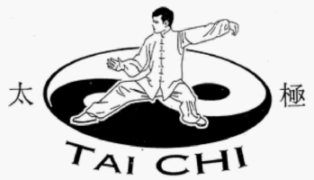
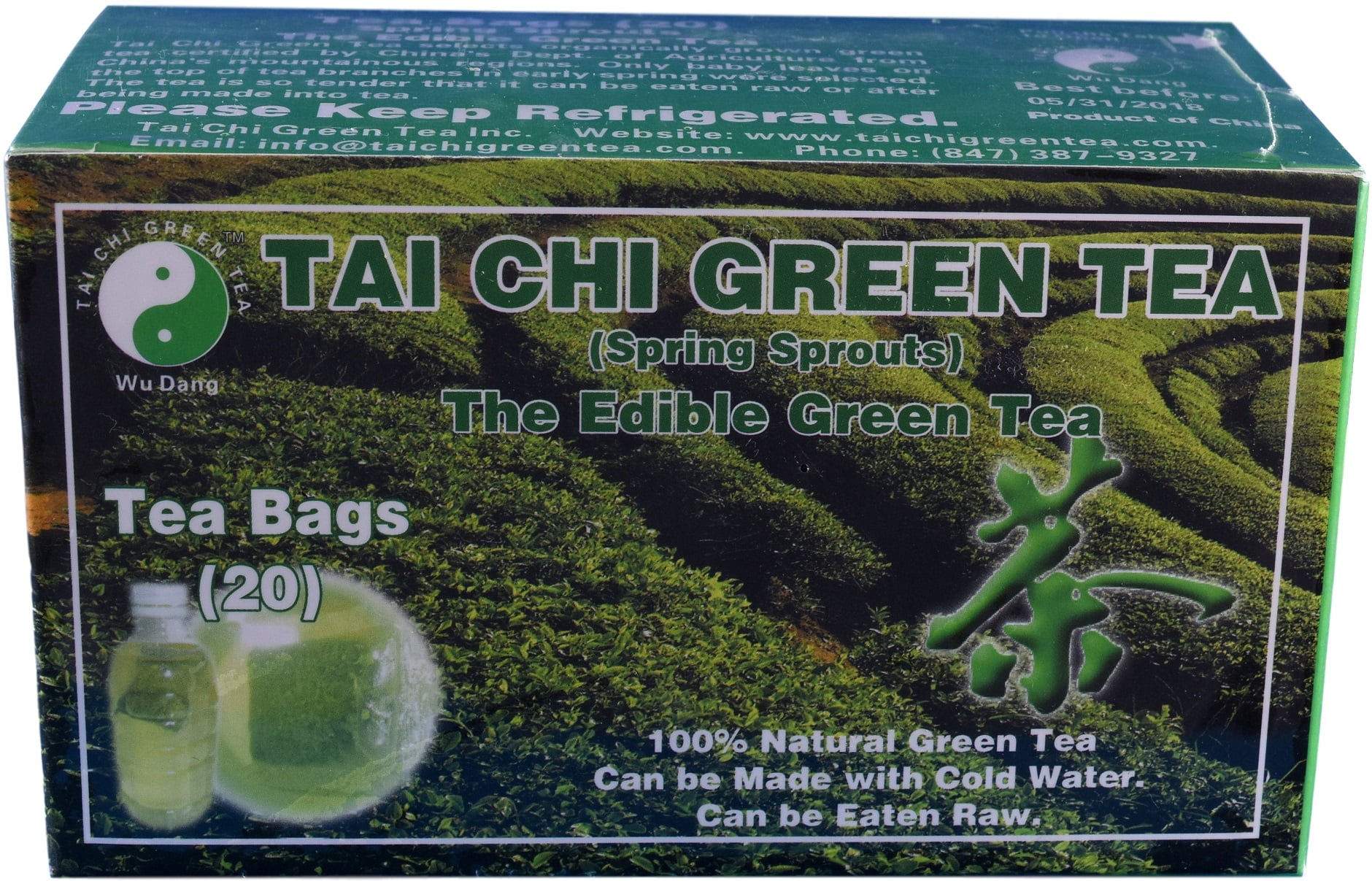
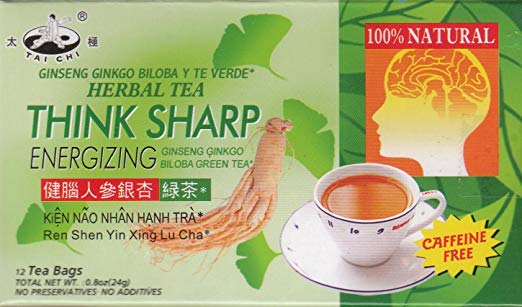
:format(webp)/cdn.vox-cdn.com/uploads/chorus_image/image/61481407/cheesetea_shutterstock.0.jpg)


